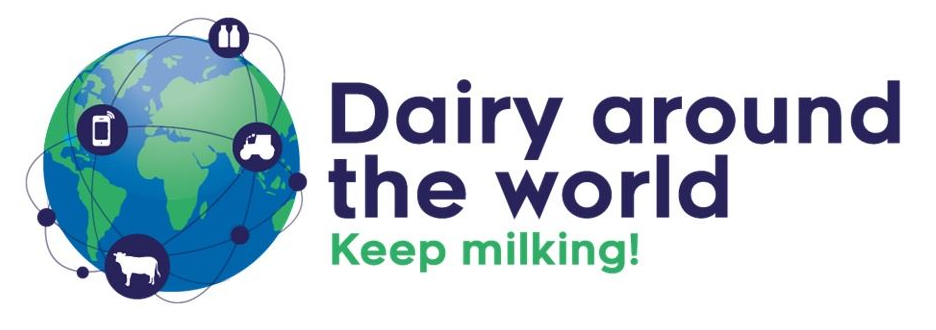The new era of dairy farming
A projection for the population by 2050 is that we reach 9.7 billion people on earth, approximately 2 billion more people to feed. In order to make this growing demand possible in modern times, farmers have to become real entrepreneurs who use technology to be increasingly competitive and gain complete control over production, processing, stocking and food distribution.
Each year, new technologies in the dairy sector are launched in the market. Currently, digitalization, which consists of transferring and storing data into a computer, has been what stands out in this area. Nowadays on dairy farms, several new technologies are the catalysts that can be used to contribute daily in the productive system. The main objective is to collect data accurately, quickly and speed up decision making.
Equipment, such as heat detectors, have the accelerometer sensor. Which, for example, can assist in identification of the best moment to inseminate a cow. The tool captures the increase of the animal’s activity, verifies if there is persistence in this increase of activity and then emits the alert that the heat has started. These devices generate charts with the beginning and end of estrus and suggest the best time to inseminate. This technology will contribute to raising the insemination rate of the herd.
This equipment is also good for animal welfare. Sick or lame cows will have a lower activity reading compared with a healthy cow. So, the farmer can receive an alert in this situation speeding up the response time for the care of a sick animal. Advancements in milking machine technology have led to milk flow meters, blood detectors, milking time recording, conductivity sensors, vacuum regulators, identification of sliding or dropping teat cups and obstruction of milk flow. All this data must be analyzed with care as it measures the efficiency of milk collection, the product that pays the bill.
On modern farms, technology greatly assists farmers, herdsman and consultants with herd management. For example, software is now widely used to maintain animal care protocols, sanitation routines and financial standing. Farm comparison tools, often used by consultants who support many herds, create benchmarks on key performance indicators. Then farmers can check their ranking against other farms with similar profiles.
Software is so sophisticated that it offers the possibility to view and enter data from a smartphone. Management software can interact with milking controllers, heat detectors, electronic gates, and feed automatic system. It is possible to integrate all the information from these systems on the farm into one single platform.
The technological offer is wide and diversified. Each farmer can choose the tools that best fit his reality. It is necessary to invest money now to use new technologies with the goal being to make forward progress and reduce costs in the long run. Agribusiness is moving towards the next decade focused on modernity and competitiveness. Technology usage makes the producer even more resilient and will become essential for those who want to stay in the market.
The main goal of these advancements is to add practicality, facilitate the execution of tasks and make the farmer more competitive. All data generated daily on farms has a huge value, but it is extremally important to use right tools. Such tools will receive the information 24/7, organize it and convert it into easily understandable charts and numbers. This is possible through communication between sensors and software.
Regardless of the technological level on your farm, the fact is that the famous dilemma of “Time is money” is true. The main goal of the digitization of dairy sector is to help prevent all people in the chain from wasting their precious time. Digital tools help the farmer/consultant in decision making by helping them to detect or predict an issue accurately and quickly. The data collection and analysis that could have once taken days, hours or even months may now be done with a few clicks.
It is important to emphasize that decisions must be based on data collected and not on the farmer’s feeling. In this digital world, technology becomes permanent because of its benefits. It is a one-way ticket.
Follow this sequence of articles to always be in touch with the technological innovations of dairy farming in Brazil and around the world. Comment with your curiosities from other countries related to dairy farming. In the next article, I will explain the main sensors that exist today and their attributions and benefits in agriculture.
Nayara Magalhães Gonçalves
Veterinary Graduated at Federal University of Vicosa – MG
Market Support and Development Manager at UNIFORM-Agri


